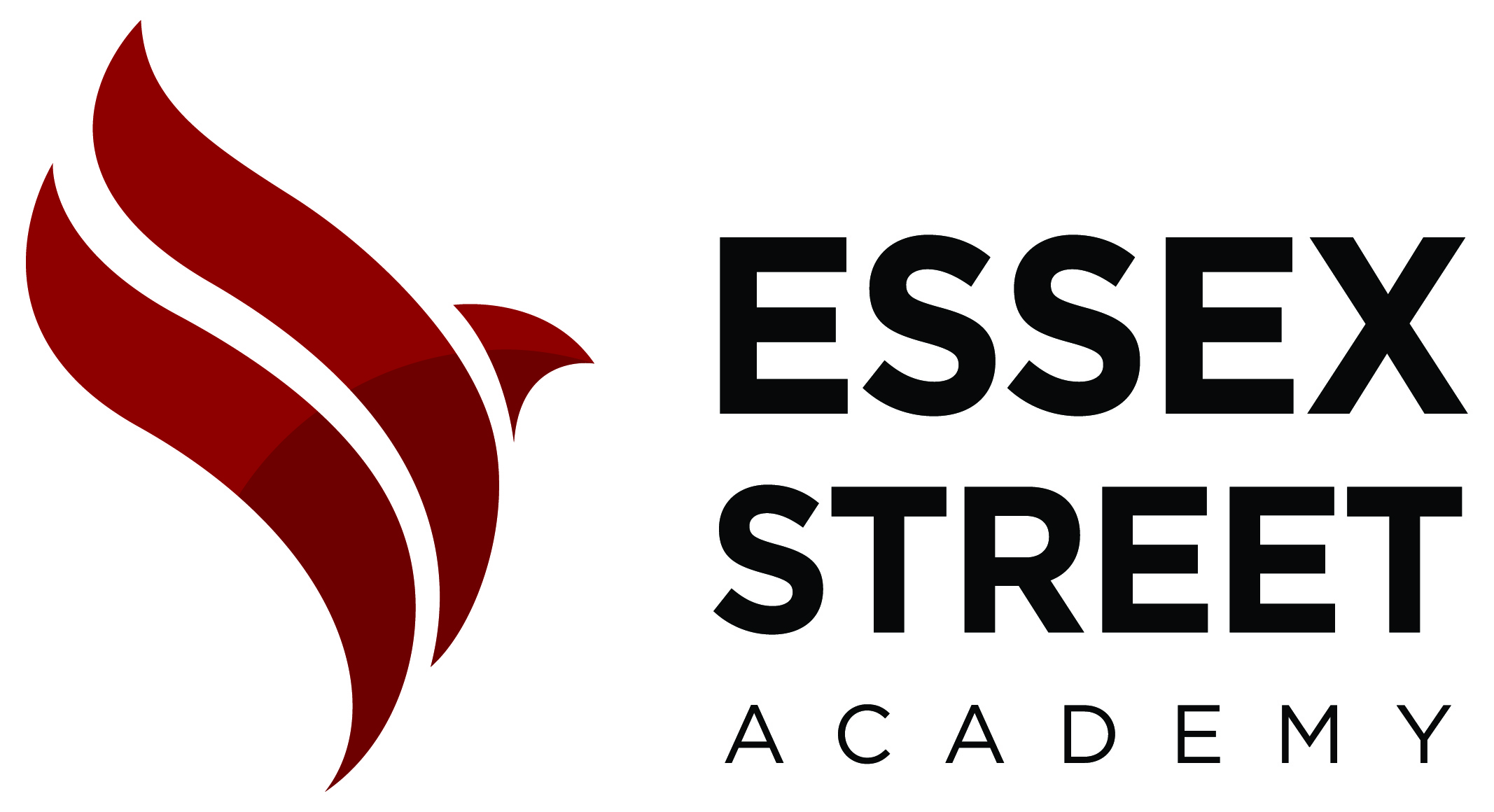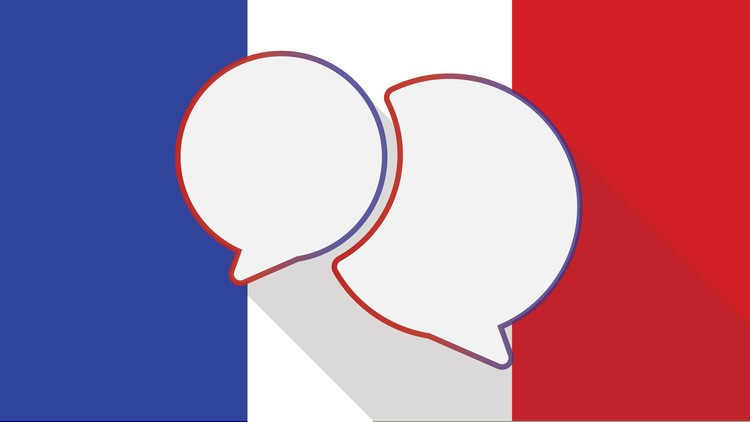The first time I travelled to France happened to be the year I spent studying abroad. I hadn’t gone every summer with family or even had the opportunity to spend a week or two abroad with classmates in high school, so it was an entirely surprising experience. Like most people in the US who have gone through language classes within our education system, I copied (and recopied) my vocabulary lists before completing pages 18-20 in a workbook full of repetitive grammar drills. Believe me when I tell you that I could write the most accurate, complex, and completely useless sentences in my notebook of all the students in class. Each time the teacher started taking volunteers for speaking activities, I would write down the most polished sentence I could muster before raising my hand, knowing I needed a flawless sentence, because I hated making mistakes. By the time my hand made it into the air, however, the topic had already passed and I didn’t know what anyone was talking about anymore. I, like many of us in our 30s or older, learned straight from a textbook. Luckily, I had a mathematical brain, so grammar exercises thrilled me. On top of this, Meg Ryan had given me a deep enough desire to be French in her movie French Kiss that nothing was going to deter me. I continued to study, I earned excellent grades, and then I spent a year in the south of France studying French literature with real French people.
T’es au jus pour ce soir? T’as pigé? Jss en bas. MDR. I didn’t understand a single text from my new friends. It took me so long to mentally digest incoming language, construct a response and say it without sounding like an idiot that I got immediately discouraged. After having worked so hard in school, I realized that I had been going about it all wrong and needed to change course. I spent my entire year abroad avoiding anglophone exchange students like the plague, budding into conversations between French classmates, and eavesdropping on every single café terrace in Aix-en-Provence. I let myself feel foolish and tried to just say and write as much as I could in French. Ten years later, this is what I ask my students to do every day, and it is often a ton of fun!
The beauty of teaching language is that we could be learning together about any topic we want, and as long as we do it all in the target language work gets done. My students can tell you the frustrations of hearing 90-100% French every class period, but the progress they make in two or three years blows me away every time. Immersive language learning experiences proves time and again to be most effective in creating well-rounded language students, developing their four major skills (listening, reading, speaking, writing) alongside each other. Class becomes dynamic, personal, and exciting, and we create a close bond over the three years we spend together in our classroom. One of the greatest challenges, however, with beginning level language classes is that much of the French is still coming from me when we’re not using authentic materials. No matter how much fun we’re having while they try to understand what I’m saying through gestures and the whole song and dance, they’re speaking to one another in English, and they often still respond to me in English. This is totally normal, but I know that our unique setting at ESA allows us to go further and to do better. I rely a lot on routines within my daily classroom, so I’m wondering how I can improve my already existing routines so that students can engage more authentically with each other in French? Throughout my eight years of teaching, I have had a class or two where students truly took risks by talking to one another and to me in French without fear of judgement or making mistakes. These are truly beautiful moments where a lot of language learning happens. My goal this year is to distill what it was about those particular classes down to a few useful tools that I can pass along to every one of my classes from now until forever.


I feel learning a new language/ new vocabulary is scary for so many people. Have you ever began a class with having students share their second language before they are immersed in speaking French? For example, students who speak Spanish or have learned spanish could begin class by sharing some words, phrases and sentences in spanish. Then you can compare the word in Spanish to how its sounds in French.
For example: the word Book
Spanish: libro French Livre Latin: Liber
This may spark interest and also make more connections. I think talking about the origin of language and how the languages of love stem from latin may help students feel less afraid. Also if they can connect it.
It seems to me that your goal is to figure out additional tools for increasing student’s ability to **speak** in class in French more. It seems that one of the roadblocks–unsurprisingly–is self-consciousness. My own concerns when speaking a foreign language usually revolve around not knowing one of the following:
-The correct word
-The correct conjugation
-The correct pronunciation
What if you created some sort of a “bookmark” that students could always have out on their desks that has the most useful French sentence starters for asking how to say, conjugate, or pronounce _________. You could laminate them and encourage students to always have them out.
There may be other phrases, questions, etc. that students repeatedly seem to use in English, but which you wish they would say in French. Maybe you can record the audio (or film) a few classes and listen back to see if there are phrases that would be good to add to the bookmark. In the end, it would be a resource that hopefully eliminates one roadblock to sharing. You could even glue/tape/attach the bookmarks to the desk, as they are only really useful for in-class communication, not for work to be completed at home.
I like the way that Greg identified the barriers to trying to speak in another language. For me I feel like I struggle a lot with the vocabulary as well, so I really like the idea of having the “bookmark” or some kind of reference cards with sentence starters, common nouns/verbs, etc.
I’m also thinking – what if to get them started, if they were asking questions to each other, they had some possible answers written down already (or partial answers) that they could modify to fit their answers? Almost like an answer bank instead of a question bank.
I am also so impressed with how much progress our students make in French in 2-3 years! And the fact that our students have the opportunity to travel to France to converse with French speakers – what’s more authentic than that??